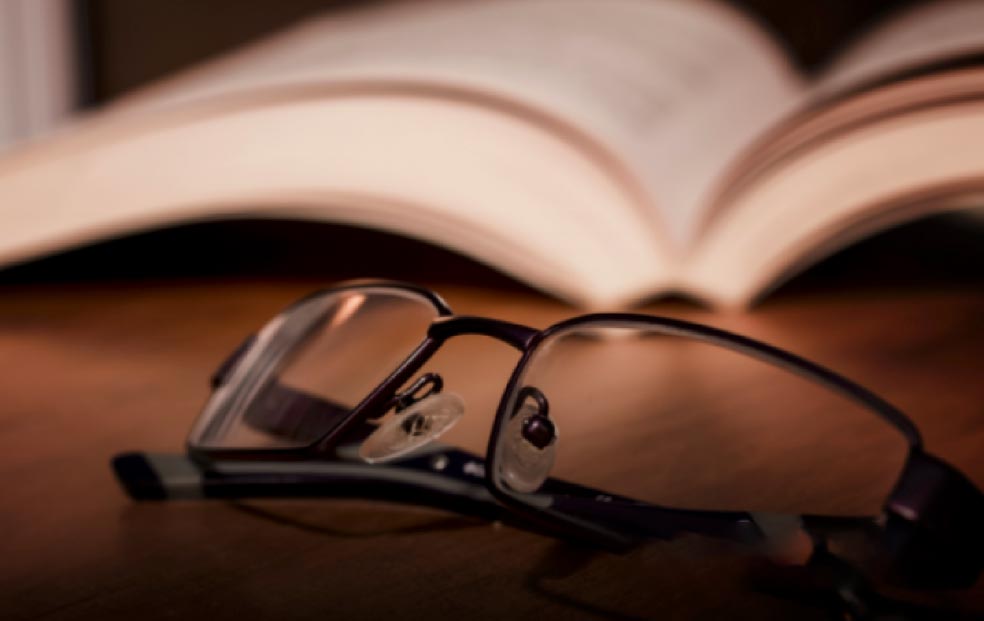Bifocal glasses are typically recommended to individuals with presbyopia, who also require correction for hyperopia, astigmatism, or myopia, and consist of lenses with two distinct optical forces in most cases. As a result, this type of lens serves a dual purpose and is recommended for the treatment of both distant and close-range vision issues.
Depending on your optical needs and, of course, your age, you can now choose from a variety of bifocal and trifocal lens styles. There are even specially designed bifocal and trifocal designs appropriate for computer work and other distant tasks.
With so many other options, are bifocal glasses still being used these days?
The reality is that bifocal glasses have given way in recent years to newer, more innovative lenses, but for many individuals, they still remain the preferred option because they have eliminated the need for having two pairs of glasses around, for many years. Bifocal lenses are ideal for ‘arms that aren’t long enough.’ The lens is made up of two focal points, one for close vision and one for far vision. Another reason to buy bifocal glasses is the vast selection of gorgeous frames that are available at incredibly low costs.
What are bifocal lenses made of?
Bifocal lenses can be manufactured of either durable plastic or glass. Bifocal glass lenses incorporate an additional lens into the semi-finished lens, the top half of which has the same power as the primary lens, while the lower near vision is improved at the same time. The back of the additional lens goes through a grinding process, whereafter it is then polished.
Can I use bifocal glasses for reading and computer work?
A bifocal lens typically consists of two distinct zones of vision correction that are separated by a clear line that runs horizontally across the lens. While the lower portion of the lens is utilised for close-up vision, the top portion of the lens is used for distance vision. A flat 28 is referred to as a typical bifocal lens.
For close reading or computer work, for example, it is recommended that you do not look through the bottom of the lens, so you should place the book or monitor high enough so that you can view the screen (or book) through the main lens of the glasses. Remember, with bifocal glasses you should be able to always see beyond the monitor in the room.
Is there a difference between bifocal and varifocal lenses?
Yes, without a doubt. A bifocal lens has a distinct line on it, whereas a varifocal lens has an unobstructed or smooth surface. A bifocal will only cover two distances for your visual demands. Although varifocals can accommodate all of the distances you need to see, many individuals find them challenging to use.
If you were thinking about getting contact lenses, it could be best to keep your glasses for the time being. It is still one of the most remarkable value-for-money medical advancements, and it may still be the best option for you. With The Glasses Company’s extensive selection of spectacle lenses and frames, it’s also quite simple to get your eyes ‘upgraded’ for optimal vision.









